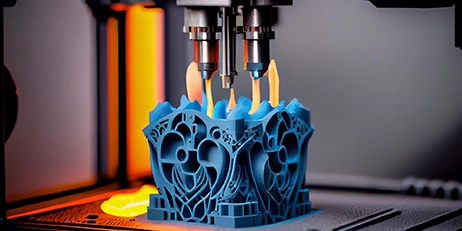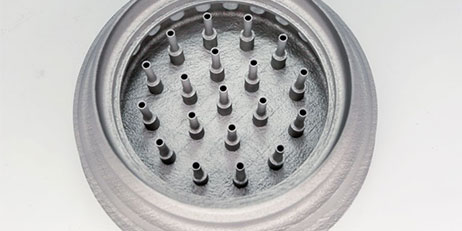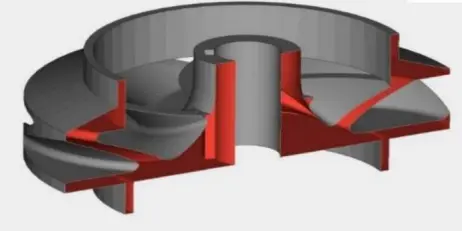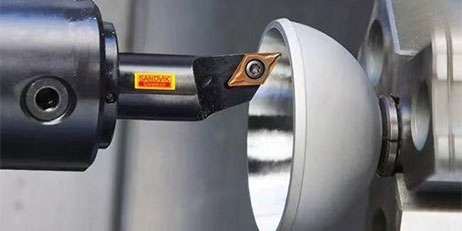With the rapid development of 3D printing technology in recent years, its applications in healthcare have become increasingly broad. Originally, the main application of 3D printing in healthcare was constructing models, but now the technology has rapidly spread throughout the field of life sciences, including personalized surgical implants, scaffolding, and tissue regeneration.
Here are a few healthcare 3D printing applications that researchers and startups are currently exploring with great interest and effort:
Application of 3D printing in healthcare: neural cell regeneration
A research team at Michigan Tech is using 3D printing to conduct neural regeneration. The idea is to cultivate fully functional neural cells by constructing a matrix to re-implant these difficult-to-regenerate cells back into the body.
Tolou Shokuhfar, Director of the Nano Medicine and Nano Electronics Lab at Michigan Tech, participated in the project and said that this technology will help with the regeneration of neural tissue in spinal cord injury patients.
Researchers used a desktop-sized 3D printer to print a biological scaffold using a cell membrane nanoparticle bioink and added graphene to enable the transmission of electrical pulses.
Application of 3D printing in healthcare: lowering the cost of prosthetic limbs
A 3D printing startup is dedicated to improving the prosthetic assembly process by scanning patients' residual limbs and creating custom models.
Through the launch of a prosthetic development app that can be installed on an iPad or similar device, the startup claims to "democratize 3D technology for the mass market." The online community e-NABLE is also working on similar projects, with many people in this virtual community using 3D printers to manufacture prosthetics for those in need.
Application of 3D printing in healthcare: micro-robots for drug delivery
Swiss researchers are developing micro-robots to transport drugs within the human body. Through the efforts of Bradley Nelson, a professor of Robotics and Intelligent Systems at ETH Zurich, and Professor Christopher Hierold, a Micro and Nanosystems professor, these micro-robots can improve the effects and level of minimally invasive surgery, targeted drug delivery, remote sensing, and single-cell manipulation.
These micro-robots are designed to work like flagella, allowing them to be digitized and use to deliver drugs to specific parts of the body.
Application of 3D printing in healthcare: developing surgical plans
One of the simplest applications of 3D printing in healthcare is to help develop surgical plans or assist in surgical teaching. 3D models of the internal organs can be scanned and printed, allowing medical professionals to practice repeatedly.























